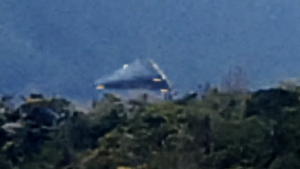
During the breeding season, the adult male bluethroat exhibits a distinctive plumage that features dark brown upperparts and lighter greyish-brown underparts. The wings sport a plain mid-brown hue, while the upper tail showcases a dark grey tone bordered by rufous patches on each side. The most striking feature is the bold white stripe that runs across the supercilium over the eye. Below the lower mandible, the chin and throat glow in a deep blue shade, separated by an upward-turned crescent of rufous red. A thin black and white band borders the blue patch at its base, transitioning to a rufous or orange-brown area that morphs into the light grey of the rest of the underparts. The bluethroat’s slender legs are dark brown to black, and its eyes and bill are both a deep brown. In non-breeding plumage, the distinct blue and rufous throat and colored upper breast become less prominent due to the pale tips of feathers. Adult females resemble non-breeding males, with white cheeks, a pale throat, and a dark breast band often marked with blue spots. Juveniles, on the other hand, display a dark brown upperparts and head, streaked with buff to rufous markings, and pale grey underparts with a rust-red shaded rump and tail base.
Not only is the bluethroat a master of mimicry, but it also boasts a powerful and melodious song that is often repeated and interspersed with short notes and soft, lengthened trills. This bird’s song often includes imitations of other species of birds found in its vicinity.











